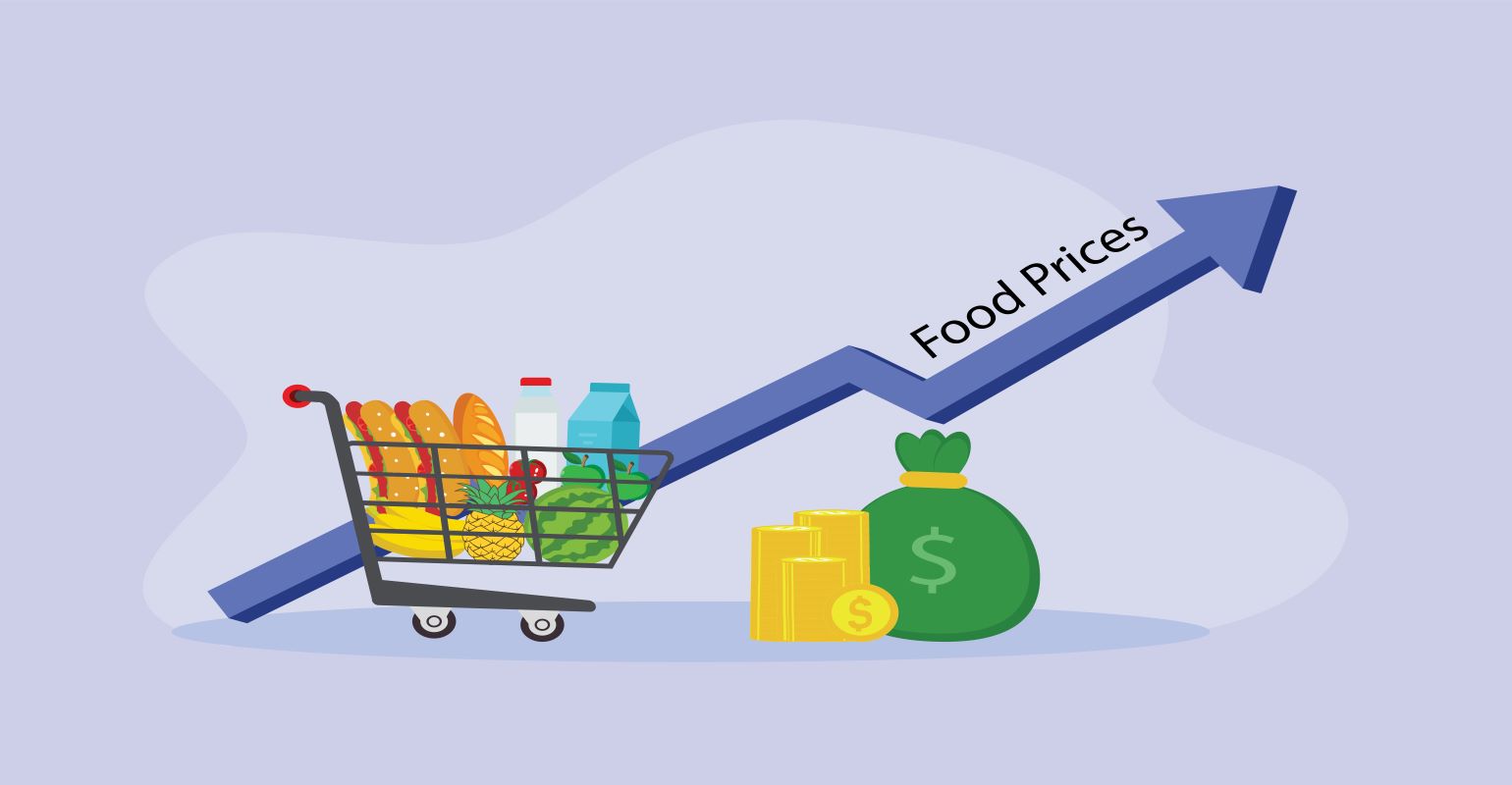Commodities
Why are food prices going up? Global food retail prices remain high despite the grain deal

Food prices are rising. Global food retail prices continue to remain high despite a grain deal to lift restrictions on Russian exports and fertilizer, as well as the removal of grain from Ukrainian ports.
Why are food prices going up?
Words from Corinne Fleischer, the UN World Food Program (WFP) regional director for the Middle East and North Africa:
“The grain deal that facilitated the opening of ports in Ukraine was the best news for the world. Prices have come down on the world market, but unfortunately, because of the weakness of national currencies in some countries, food prices have barely changed because suppliers need dollars to import food,” Fleischer said.
According to her, residents of countries located in North Africa and the Middle East suffered most from the blockade of Ukrainian ports. This was due to the geographical proximity of these regions to the Black Sea. As a result, the level of poverty of citizens in these countries is now increasing, and local governments are unable to expand food support programs for the population.
On September 10, two ships carrying food from Ukraine arrived at their destinations. A dry cargo ship Ascanios, with more than 58 thousand tons of corn, reached the German port of Bracke, and a ship, Stella GS with 30.3 thousand tons of corn approached the port of Ashdod in Israel. Besides the Daytona Dynamic vessel with over 25 thousand tons of corn moored in a port in Turkish city of Nemrut, and vessel Sara with over 6 tons of wheat approached Tekirdag.Earlier, we reported that U.S. LNG exports to Europe opposed proposed EU restrictions on gas prices.
Commodities
Oil prices rise; U.S. crude inventories plunge, Russia-Ukraine truce eyed
Commodities
India’s Reliance to stop buying Venezuelan oil over US tariffs, sources say
Commodities
Oil prices climb on Venezuela supply worries

 Forex3 years ago
Forex3 years agoForex Today: the dollar is gaining strength amid gloomy sentiment at the start of the Fed’s week

 Forex3 years ago
Forex3 years agoUnbiased review of Pocket Option broker

 Forex3 years ago
Forex3 years agoDollar to pound sterling exchange rate today: Pound plummeted to its lowest since 1985

 Forex3 years ago
Forex3 years agoHow is the Australian dollar doing today?

 Cryptocurrency3 years ago
Cryptocurrency3 years agoWhat happened in the crypto market – current events today

 World3 years ago
World3 years agoWhy are modern video games an art form?

 Commodities3 years ago
Commodities3 years agoCopper continues to fall in price on expectations of lower demand in China

 Economy3 years ago
Economy3 years agoCrude oil tankers double in price due to EU anti-Russian sanctions



























